Only a handful of food products are impervious to spoilage—dried rice, salt, sugar—but even among those, honey is unique in that it remains edible without any preparation necessary. It's like this: if you came across honey in an Egyptian tomb, as archaeologists have, you could taste it and never guess it was thousands of years old.

Visual proof of honey in ancient Egypt: a man pours the nectar into a jar as bees hover above. - From a tomb in Thebes, Egypt, c. 650 BCE
Smithsonian Magazine has broken down the science behind this, and it comes down to three factors: acidity, lack of water, and the presence of naturally occurring hydrogen peroxide. These properties, when they work in tandem, are the perfect recipe for an eternal shelf life.
The Magic Three: Why Honey Lasts Forever
Honey's high acid content renders it inhospitable for bacteria. That, coupled with honey's lack of moisture, leaves virtually no room for bacteria to set up camp.
Bee physiology is entirely responsible for the final component, hydrogen peroxide. When bees digest the nectar of flowers, an enzyme in their stomachs, glucose oxidase, converts the nectar into hydrogen peroxide. This chemical has antibacterial properties, which is why honey has been prized for its medicinal properties since antiquity.

Bees being bees: loading up cells with the nectar, aka honey, they've collected.
The Honey Medicinal Craze: How True Is It?
You'll find a lot of sources that herald the healing properties of honey (it removes parasites, cures hangovers, etc.). Who could blame them, since honey is nature's product, not to mention one of the longest-standing foodstuffs in recordable history?

The ceramic jars found in this ancient palace from Israel likely contained a wine flavored with honey and other aromatics.
In 2010, scientists managed to isolate the protein in honey that kills bacteria. It has yet to be integrated into medicine, but researchers are hopeful that it will eventually be used to prevent and treat infection against antibiotic-resistant bacteria. Other studies show that it's antibacterial, prevents infection, and helps heal wounds. For now, one thing is certain: honey can't hurt you (unless you're a baby)—and it makes a really good ingredient in DIY beauty products.
Raw or Pasteurized Honey?
In my opinion, you should skip buying pasteurized honey and go for the raw stuff. Pasteurizing a product means that it has been exposed to heat to kill off microorganisms and bacteria. However, that can also kill off the natural enzymes and cultures in honey which are so beneficial. Honey is so high in sugar naturally that it can never go bad, so get the raw, unprocessed kind instead.

This local honey actually tells you what region and the apiaries that developed the honey.
Raw honey is usually creamy, not clear. It should also be solid, not liquid, at room temperature. Look for the words "raw" and "unpasteurized" right on the label. It's even better if the label tells you where the honey was farmed. As with olive oil, some unscrupulous sellers will mix in small amounts of high quality raw honey with imported, lower quality products.
How to Make Homemade Lip Balm with Honey
Lip balm isn't expensive, it's true; but imagine the joy of making your very own at home. All you need are three ingredients (the magic number!): beeswax, honey, and almond oil. If you want to add a little somethin'-somethin' to your product, drop some essential oils into the mix (lavender, peppermint, etc.).

No, these aren't jars of lip balm, they're jars of flavored honey you could use!
Melt and Mix
Melt 3 teaspoons of grated, unbleached beeswax and 5 teaspoons of almond oil in a double boiler or place the mixture in a heat-proof measuring cup, then set it in a pan of water. Be sure to stir the mixture so it doesn't clump together.

Wait, so lip balm is edible?
Remove the mixture from the heat and add 1 teaspoon of honey and any essential oils if you want to kick it up a notch. Stir well.
Let It Set
Pour the mixture into containers of your choice. Cosmetic jars are ideal, but really, anything that's heat proof and has a lid will do. Once you've poured out the mixture, let it set for 20 minutes before sealing.

The final product, looking good and professional (the latter being optional; you can make this as simple as you want).
For a great step-by-step tutorial, check out beekeeper Sara Paul Raffel's page on Snapguide.
Honey Also Works as a Face Mask
If your skin is chapped, dry, irritated, or beset with pimples, then try adding a dollop of honey to your favorite DIY mask or using it straight. A few people even use raw honey as a face wash, since it's so gentle and has such great inherent healing properties.

A raw honey and sour cream face mask, just waiting to be mixed.
Has Your Honey Crystallized? No Worries!
Honey, if not kept in a warm environment, will eventually crystallize due to the presence of microscopic particles. There is nothing to be alarmed about; in fact, it's an indicator that it was less filtered (and therefore less tampered with).

For many honey-lovers, crystallization is actually not a big deal.
If you want to bring honey back to a smoother state, all you need to do is reheat it. The optimal way of doing so is slowly, in a bowl of hot water. If you're low on time, a microwave will do— but know that this method won't heat your honey evenly, and also damage its chemistry.
An article in WIRED Magazine calls for embracing crystallized honey: you can add it to oatmeal, or tea, or toast...or homemade lip balm. The ancient Egyptians probably did.
Last but Not Least: Save the Bees!
Colony Collapse Disorder (where worker bees abandon the hive and stop making honey) has become a real problem over the last decade. Increasingly, the use of common pesticides seems the most likely culprit. This affects not only honey production, but the very foundations of the food chain that supports life on earth. Bees are responsible for pollinating most of the crops that we eat—not to mention the plants and flowers that give us beauty everyday.

This little guy and his millions of friends help create just about everything you eat. Seriously.
However, there are many things you can do to help bees, whether it's buying local honey, signing petitions to make sure we ban harmful pesticides, or growing plants that encourage bee populations to grow. Check out the list at Care2.
How do you use honey in your kitchen and daily life?
Cover image via Shutterstock





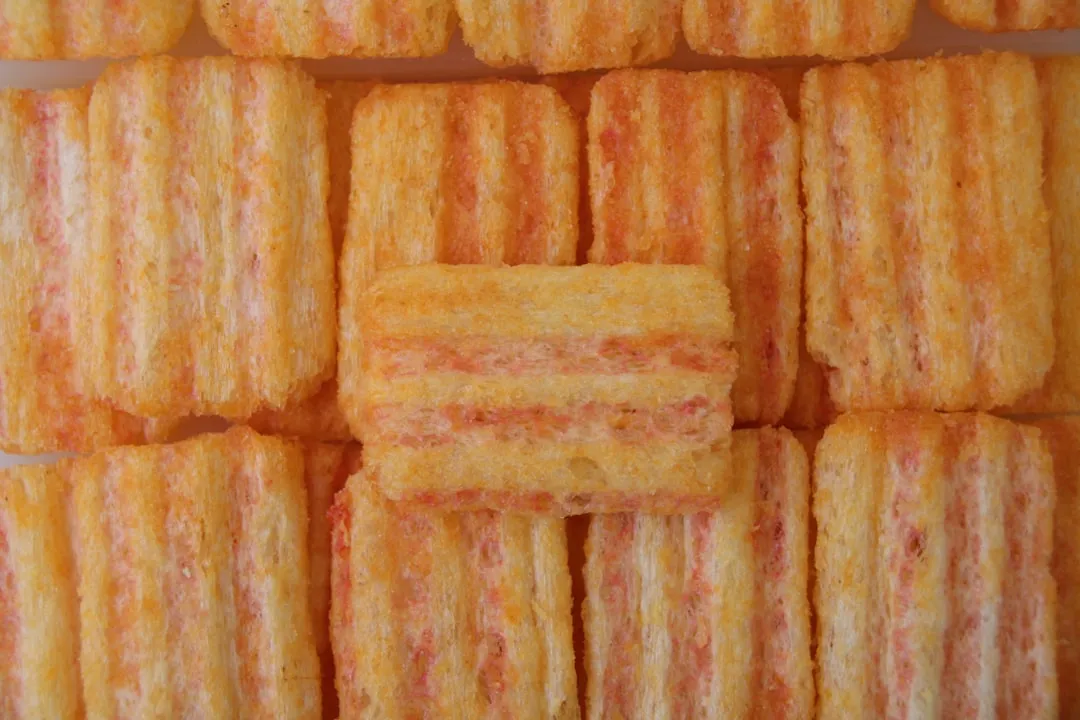



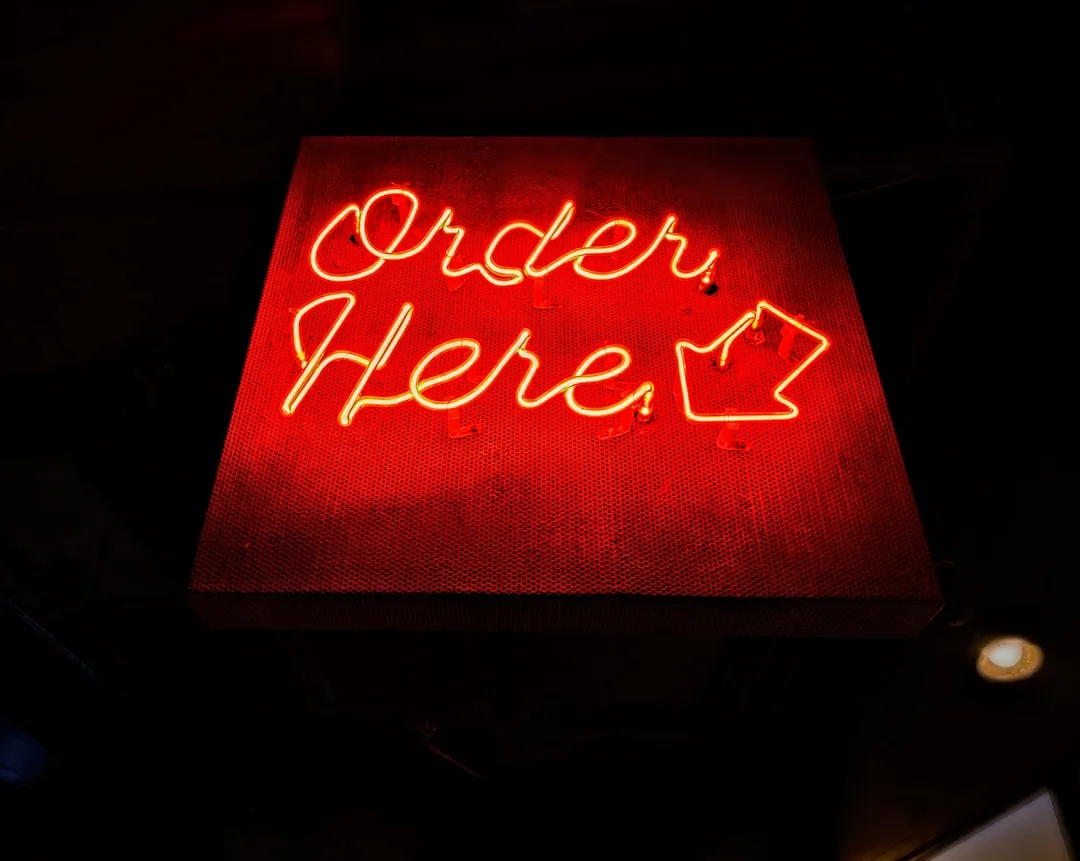
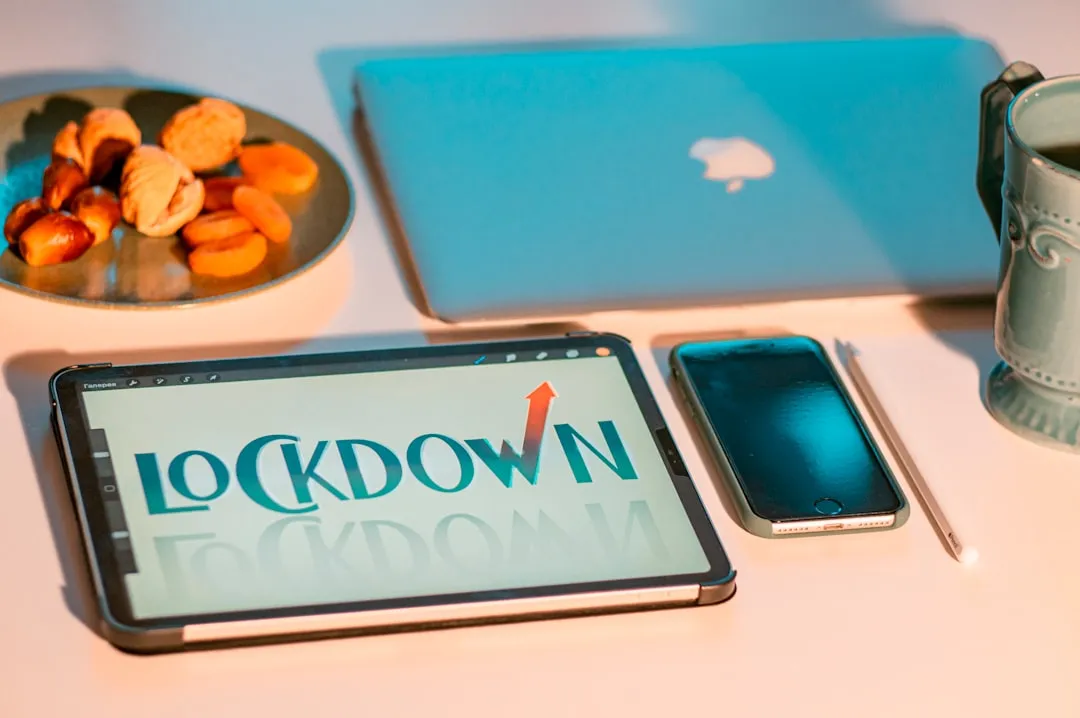


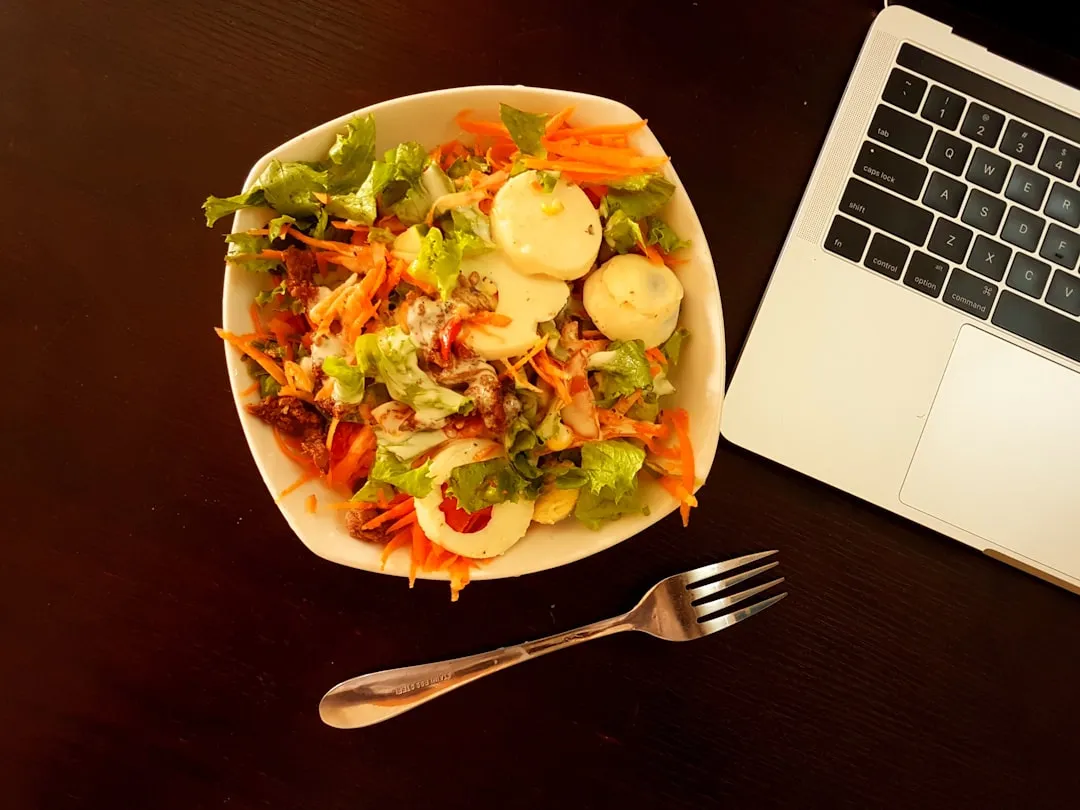
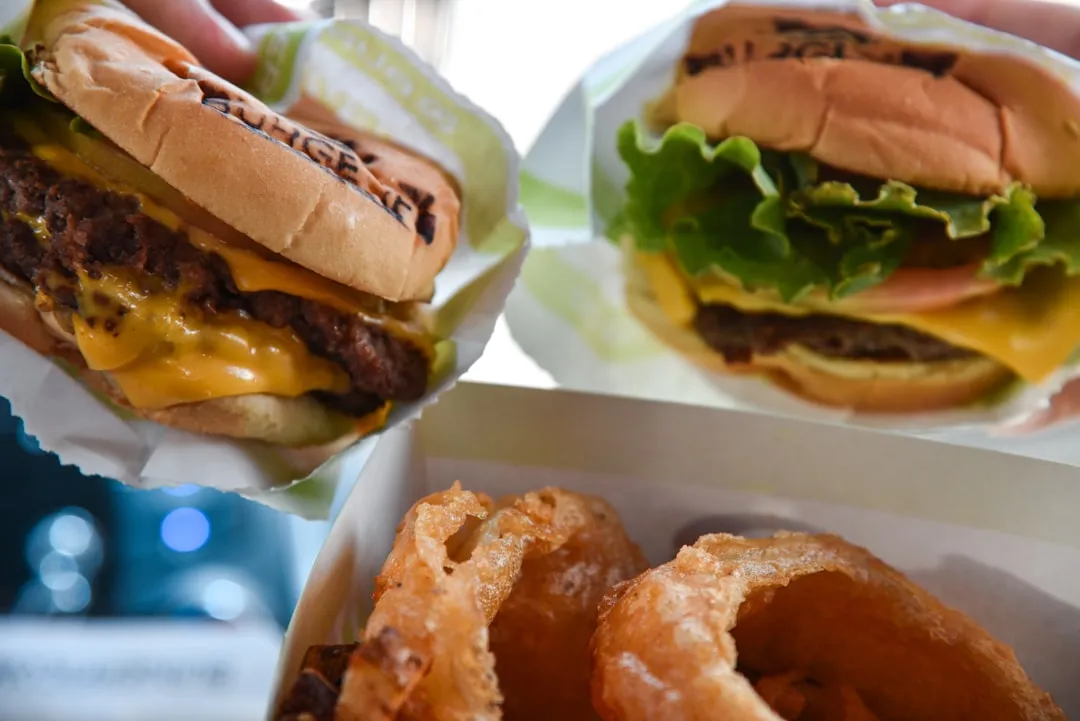



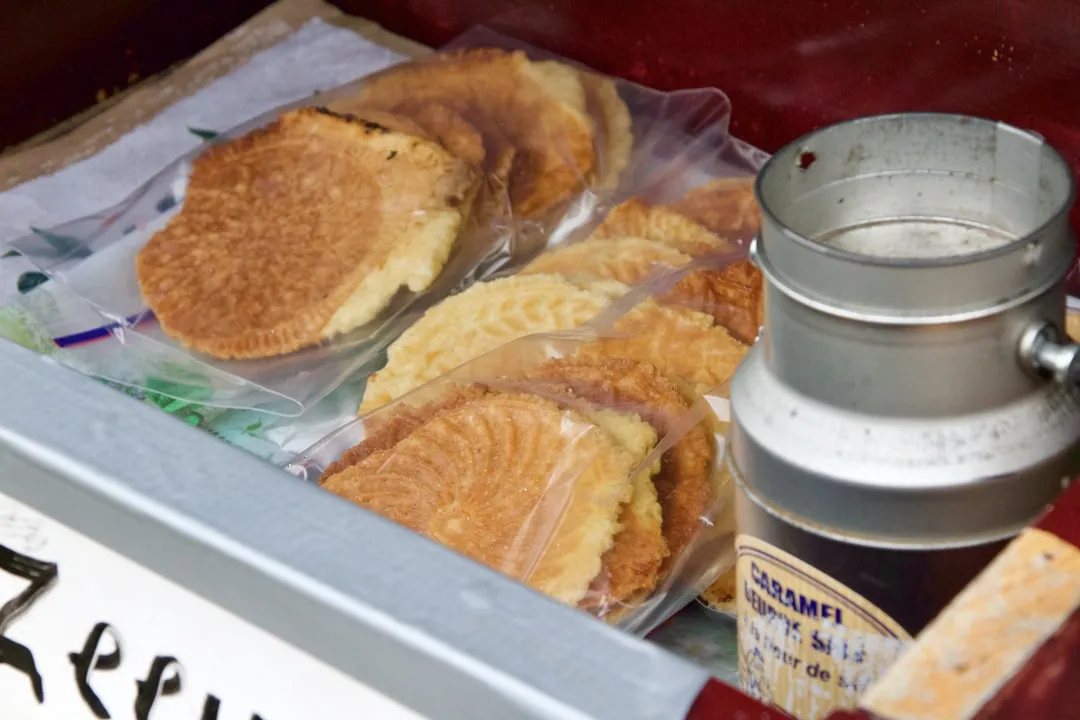

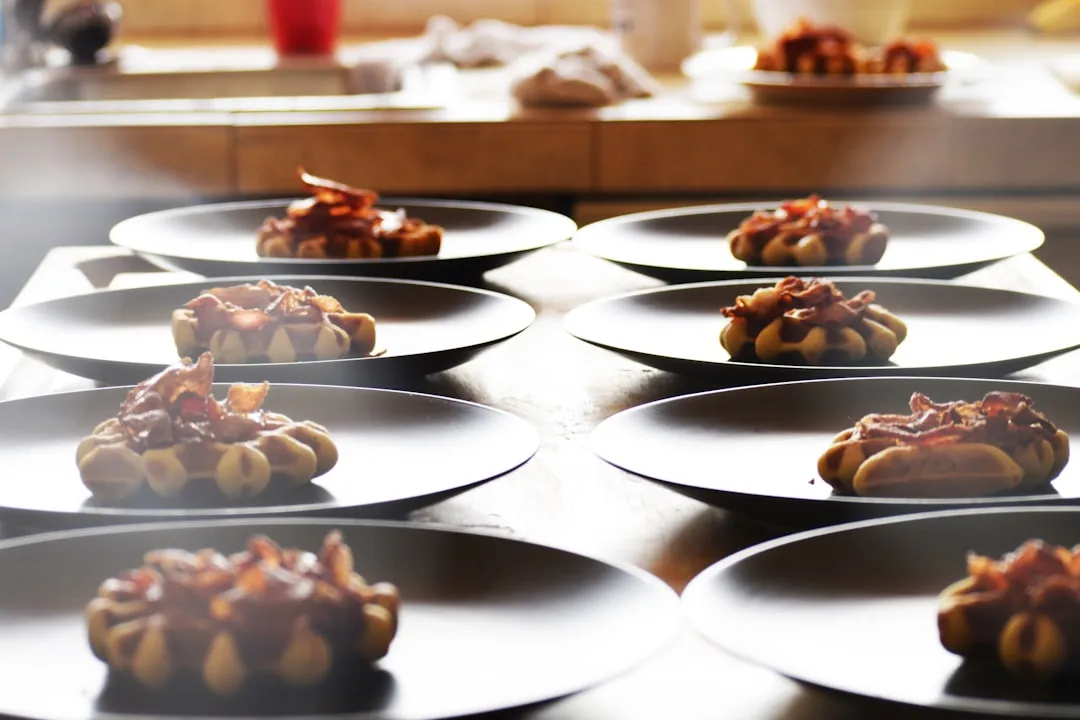


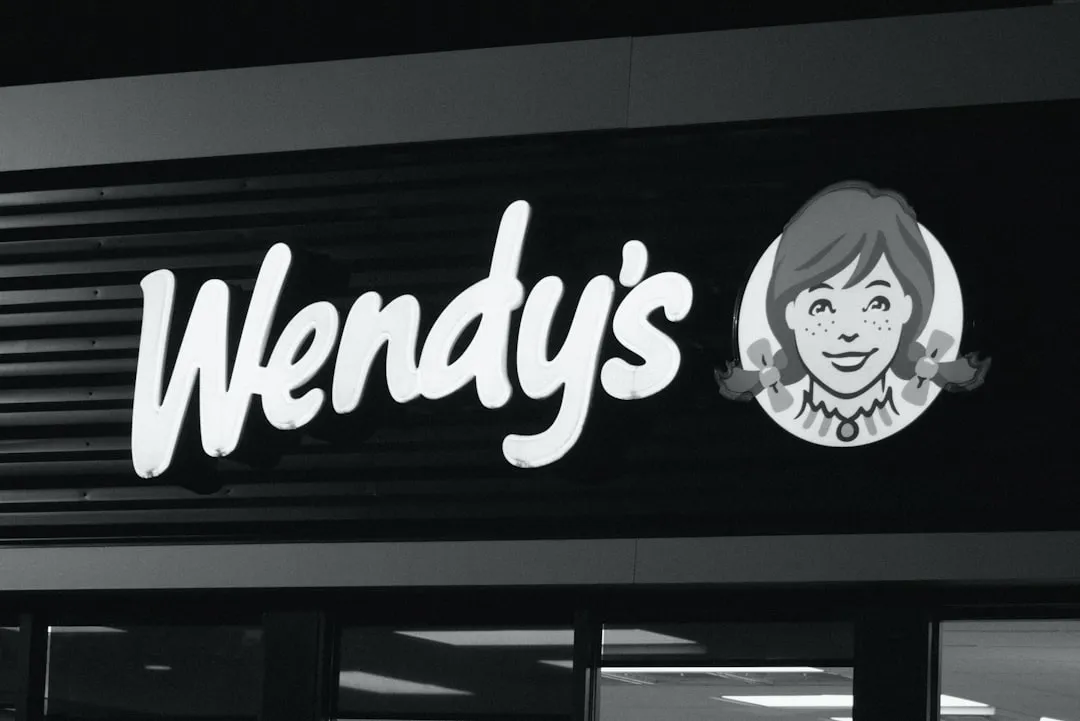
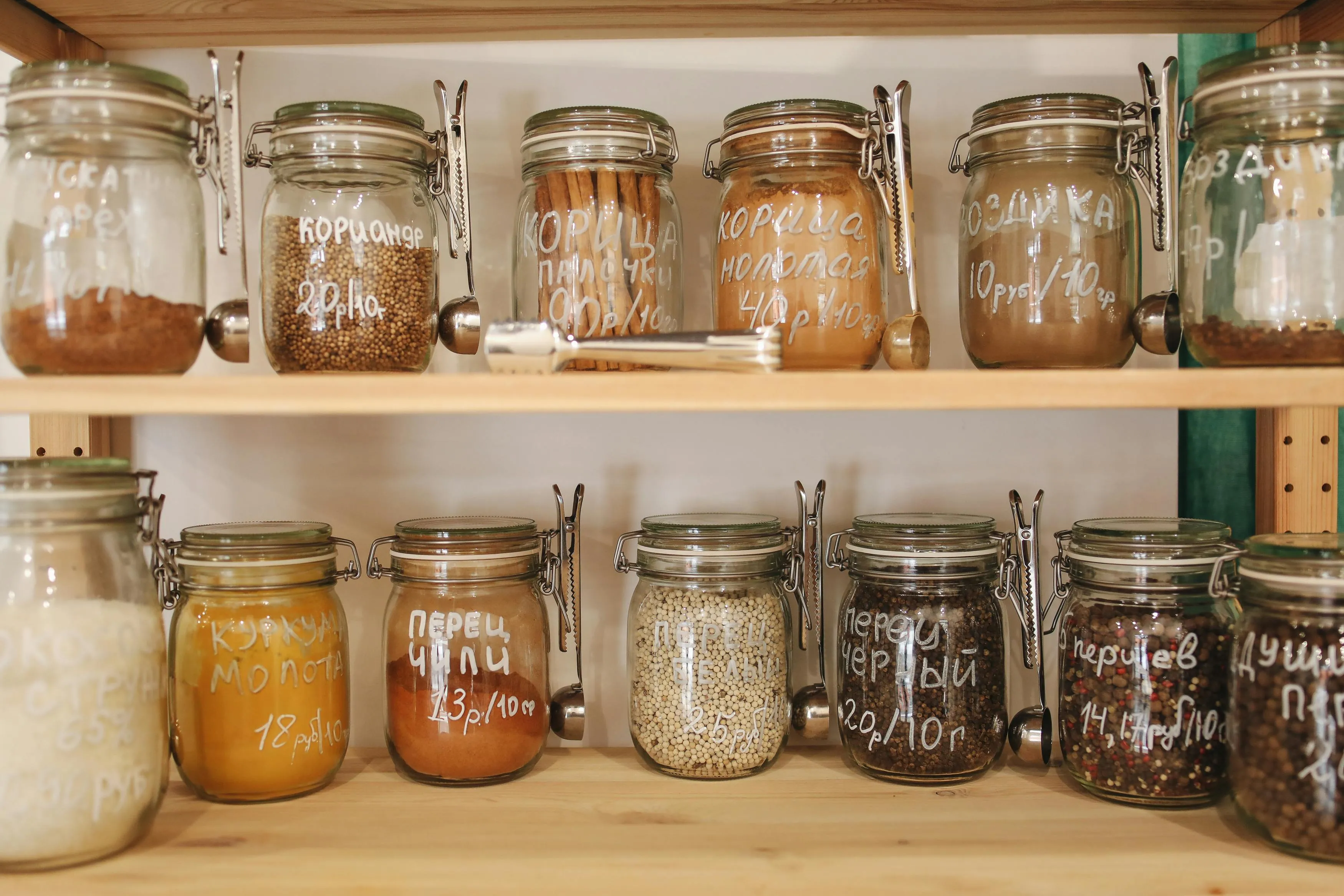
Comments
Be the first, drop a comment!